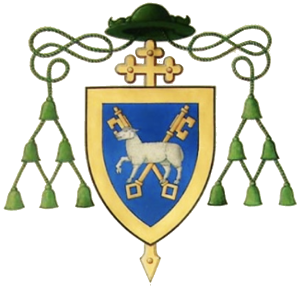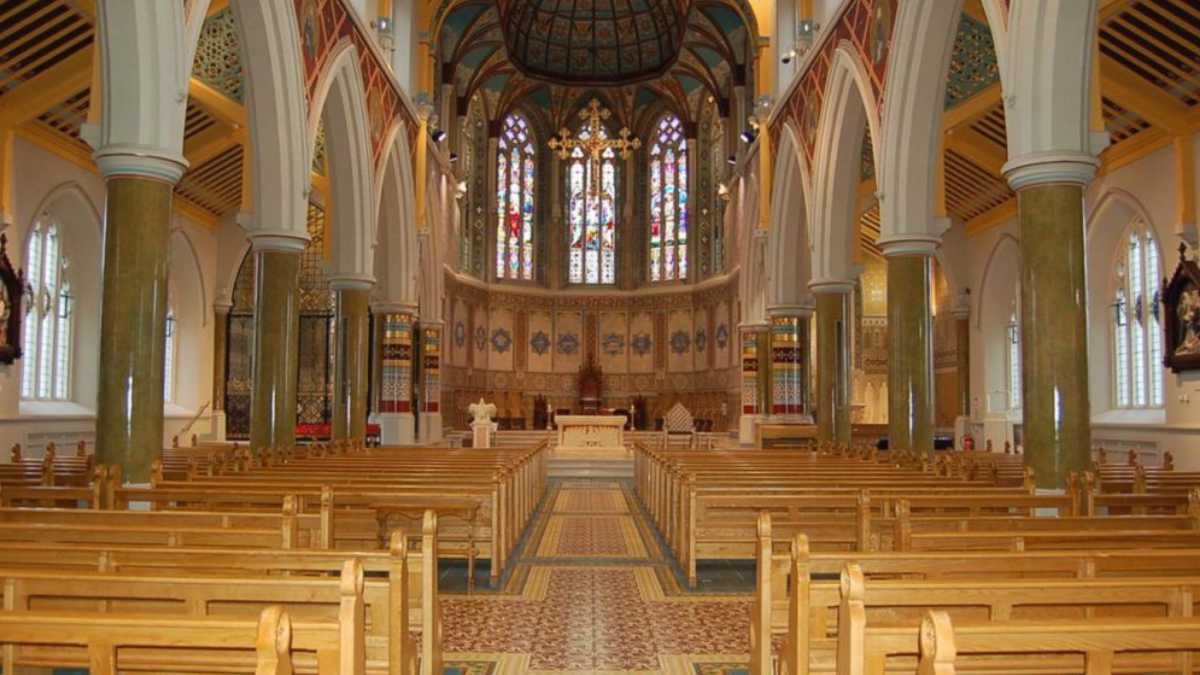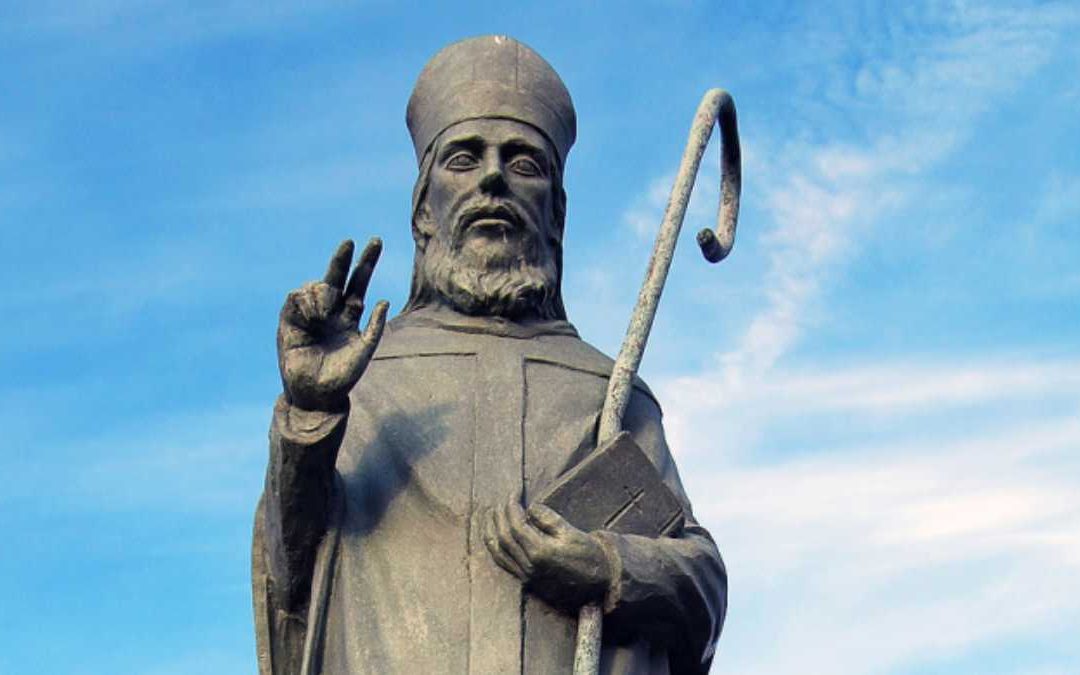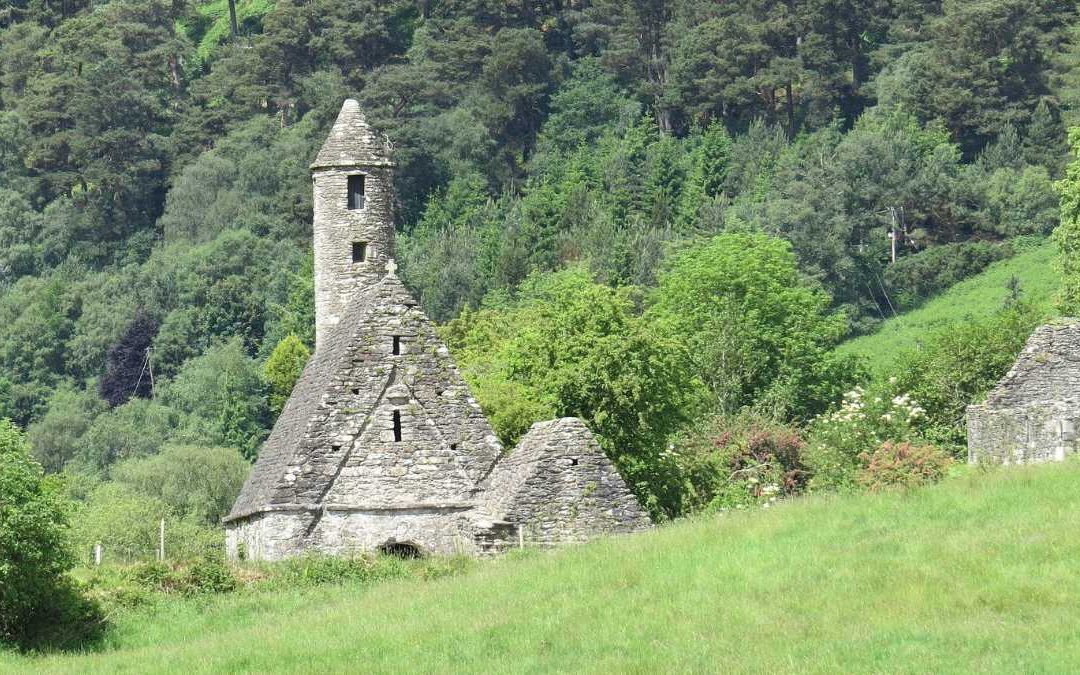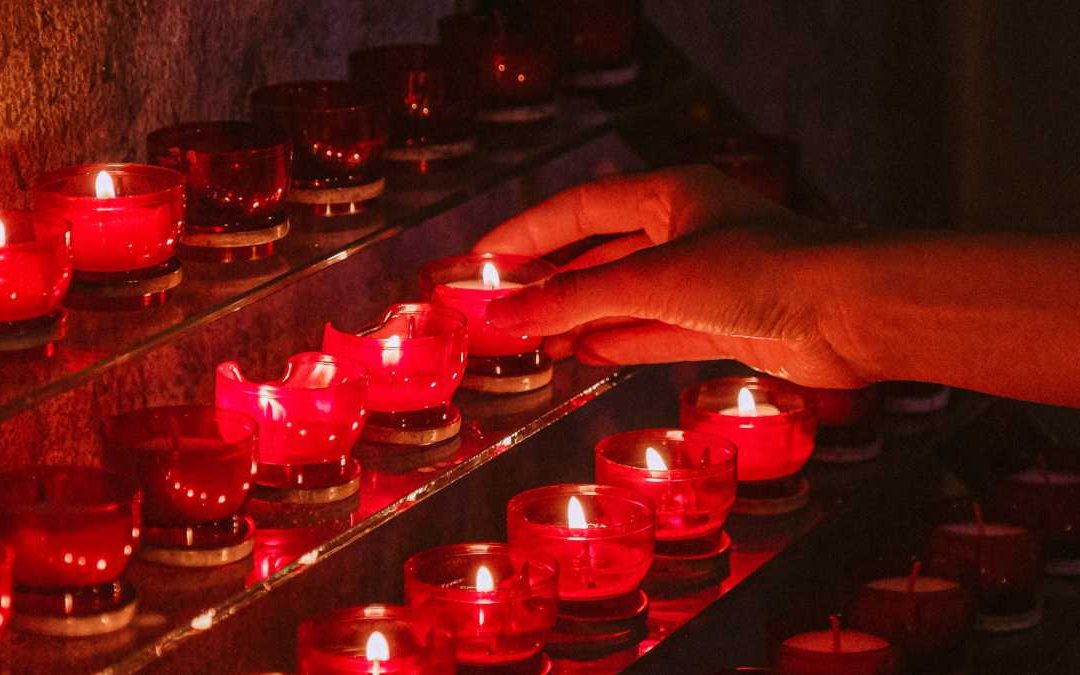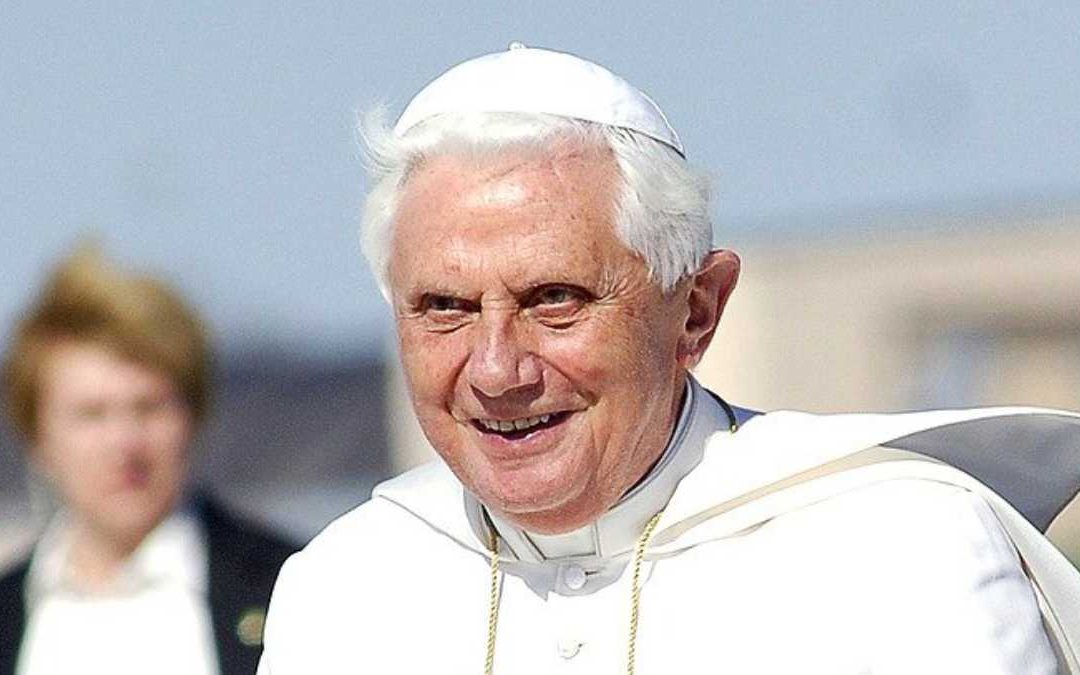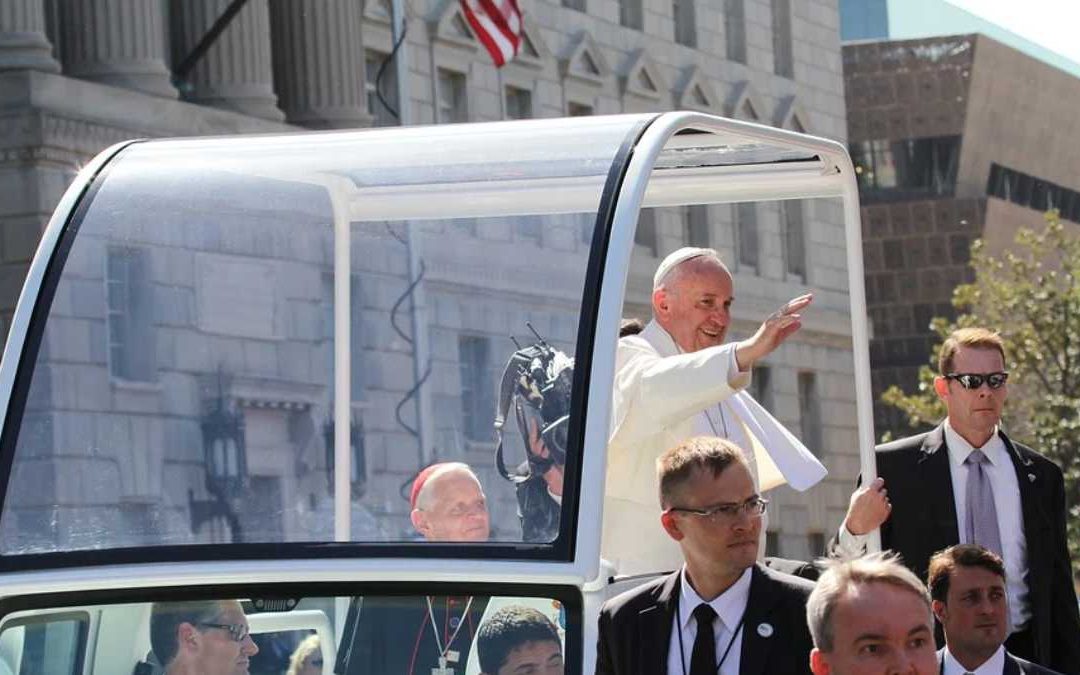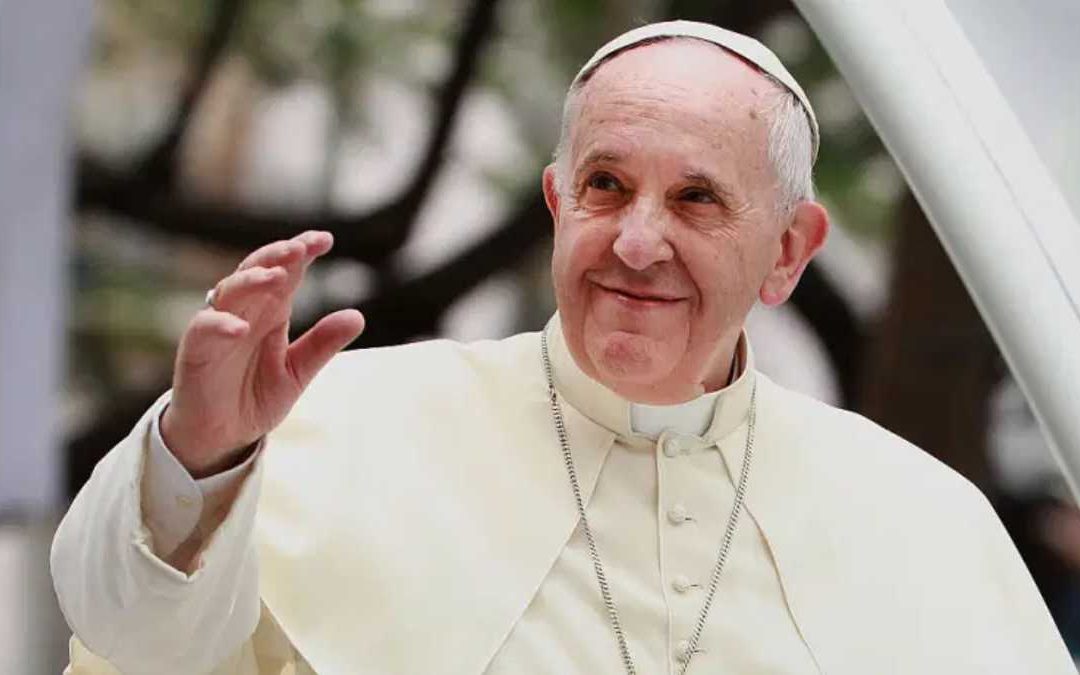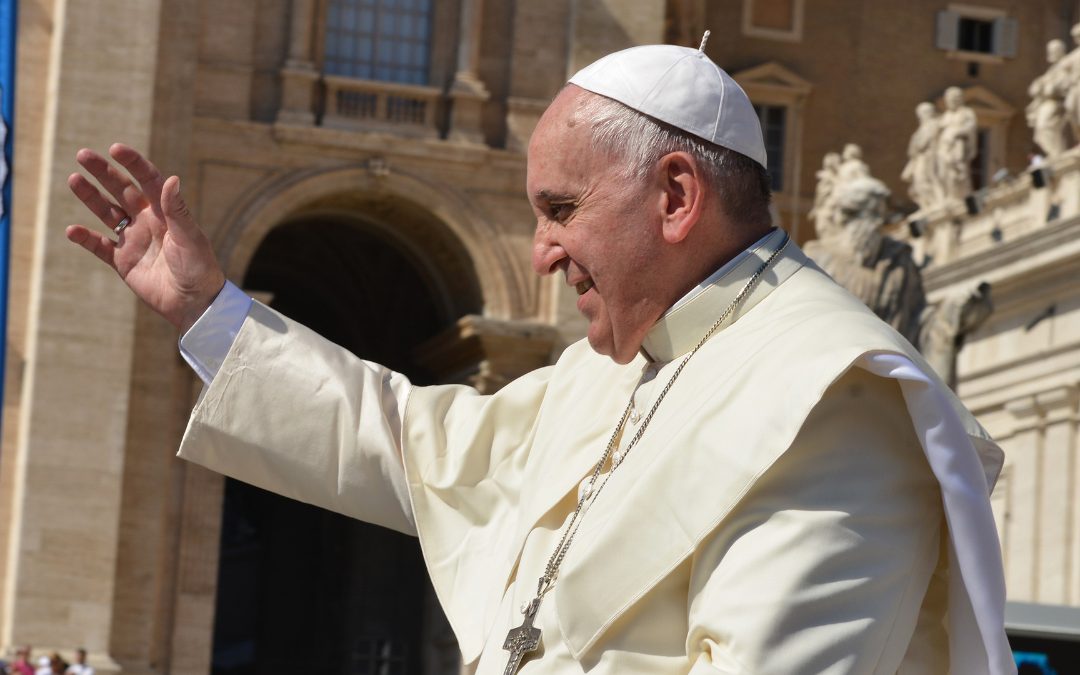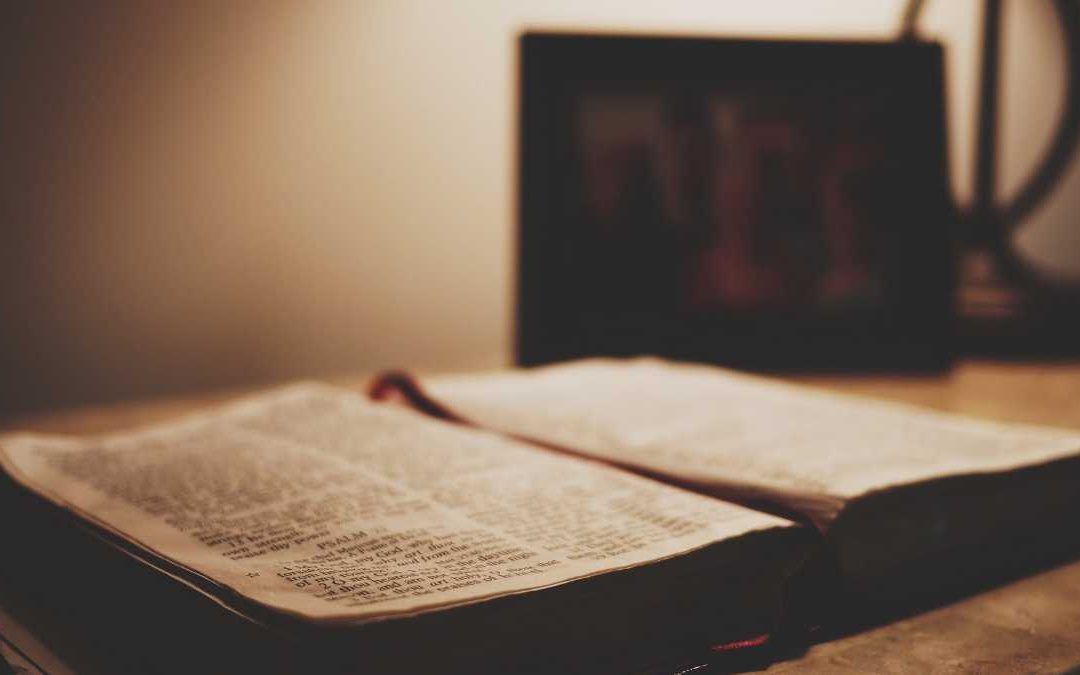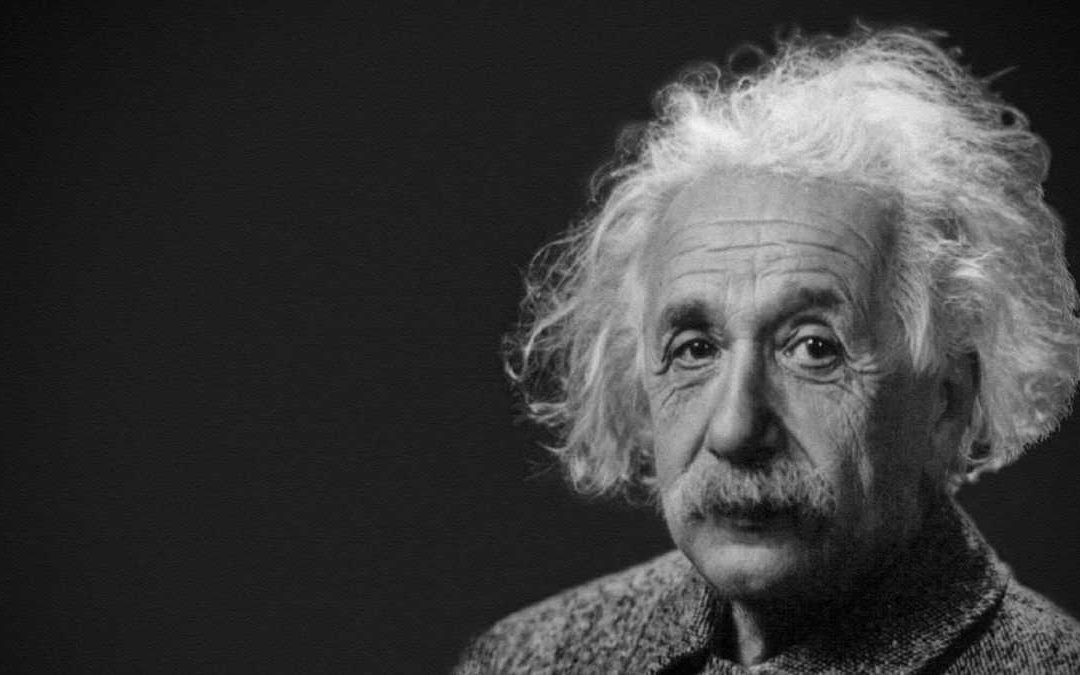St Patrick does not provide many geographical details in his Confession about his time in Ireland, yet a later tradition associated his work as a slave with Slemish in County Antrim, his return as a missionary with Saul in County Down and his burial in Downpatrick.
In the course of his evangelisation of Ireland St Patrick ordained bishops to minister to local communities. Among those bishops was Mac Nissi, who, following his baptism by St Patrick, founded the Church of Connor. However, by the sixth century, after Christianity had been well established, the monastic system was becoming the dominant form of ecclesiastical life. About 555 St Comgall founded a monastery at Bangor that was destined to become one of the most famous in Ireland. Other monasteries founded in the early centuries of Christianity in Down and Connor include those at Moville, Nendrum, Inch, Drumbo, Antrim and Comber. Some of these later adopted the Benedictine or Augustinian Rule.
The Norsemen cast greedy eyes on Irish monasteries, especially those bear the coast, which could be easily attacked and plundered for silver and gold. Bangor fell victim to one such raid in 823, when many monks were killed. The loss of life and damage to buildings helped weaken the discipline and commitment of the monks. When St Malachy, the great reformer, became Abbot of Bangor in 1123, he found much of the abbey in ruins and the Rule being poorly observed.
In 1111 Ireland was at last given the diocesan territorial system that had been common in the western Church. Among the dioceses created were Connor for the Kingdom of Dalriad and Down for the Kingdom of Uladh. In 1124 these dioceses were united under St Malachy. In 1129 he was appointed Archbishop of Armagh, but because of local opposition was not able to take control of the See until five years later. In 1137 he resigned and returned to the diocese of Down, which was again separate from Connor. Invited by his fellow bishops to travel to Rome, Malachy set off and visited St Bernard in Clairvaux. He left some monks at Clairvaux to be trained in the Cistercian way of life and they established the first Cistercian monastery at Mellifont in 1142. A second journey to Rome in 1148 was cut short by his death on 2 November. The great Cistercian abbot later wrote Malachy’s life story, which ensured that his fame spread widely on the Continent. Malachy was canonised in 1190.
In 1177 the Anglo-Norman adventurer John de Courcy carved out the Lordship of Ulster for himself and set up his base at Downpatrick. He took a keen interest in ecclesiastical affairs and brought Anglo-Norman Benedictine monks to the cathedral at Downpatrick. His wife founded the Cistercian Monastery at Greyabbey in the Ards Peninsula and he brought other Orders to his territories.
Robert Blyth, an English Benedictine, was Bishop of Down and Connor when Henry VIII demanded recognition as supreme Head of the Church. Blyth surrendered in 1539 and received a substantial pension. The Pope then deprived him of his office and appointed in his place Eugene Magennis. Magennis also accepted the royal supremacy but later retracted his submission and was able to retain his see under Mary Tudor. The Franciscan pluralist, Miler McGrath, who succeeded in 1565 and accepted the royal supremacy in 1567, was desposed in 1580 by Pope Gregory XIII in 1580 but had already been appointed Archbishop of Cashel by Queen Elizabeth. Two years later the Donegal Franciscan, Conor O’Devany, became bishop and after a lengthy episcopate of nearly thirty years was cruelly martyred in Dublin in 1612. (In 1992 he was one of the seventeen martyrs beatified by Pope John Paul II)
During the upheavals of the seventeenth century and the harsh penal legislation of the early eighteenth century, the diocese was left vacant for long periods. In 1825 William Crolly, who had been parish priest of Belfast for thirteen years, became bishop. Several of his predecessors had lived in or near Downpatrick but he chose to remain in the growing which he rightly foresaw would become the largest in the diocese. Not only was Belfast geographically more central and convenient but its Catholic population soon dwarfed that of Downpatrick and of all others in the diocese. By 1900 Catholics numbered 85,000 and represented just under a quarter of the city’s population. The number of priests serving in it had greatly increased and religious orders of men and women had been brought in to care for the spiritual, educational and social needs of the people.
The continued increase in the number of Catholics in and around Belfast accounts for the position Down and Conor holds as the second largest diocese in Ireland, with a population of approximately 300,000. In the 2011 census approximately 50% of people living in Belfast identified themselves as Catholic, slightly higher than the average of 45% for the eleven “super districts” in this region.
